
The Power of Props in Iyengar Yoga
Yoga, by definition, is about union - the union of mind and body. Importantly, it’s not about the union of somebody’s body with somebody’s mind, it’s about the union of your body with your mind. This may seem like semantics, but it’s significant. To me, this is really the heart of what makes yoga a contemplative practice, not a sport or merely exercise.
The reality is that each one of us who approaches the mat is unique. Not only is our physical, physiological, mental, and emotional makeup specific, but it’s also forever changing.
Have you ever noticed that you are more limber later in the day? Or, that your mind is fresher first thing in the morning? Or, that your upper back tenses up when it’s cold? Or, that you feel sluggish in excessive heat?
Essentially, how you show up to the mat intermingles with the shapes of the asanas to create a multitude of varying effects.
Given all of this, a "one size fits all" approach to yoga just doesn’t work. We need our yoga to be personal, customized to our specific needs in order to reap the extraordinary gifts that yoga has to offer.
Just as a carpenter has a level, hammer, saw, or tape measure, in Iyengar Yoga, we too have tools, our yoga props, and these props play a key role in customizing our yoga practice. Unfortunately, there’s a widespread misconception that yoga props are used solely to make poses easier. It’s true that props can be used for this purpose, but it is such a small part of the richness they have to offer.
Let’s explore 3 scenarios in which using props can offer incredible insight:
Accessibility
Yoga props can increase the accessibility of yoga asanas. Different issues come up for all of us at different stages of life. Whether it’s back pain, blood pressure concerns, or neck and shoulder strain, sometimes it’s advisable to modify the classic asanas so that you can still reap the benefits of the pose but without aggravating your underlying condition.
Instead of lifting up into Urdhva Dhanurasana, take Viparita Dandasana with chair support
Instead of lifting or lowering into Chaturanga Dandasana from the floor, use the wall
Instead of practicing Salamba Sirsasana independently, use bricks or blocks to support your thoracic spine.
Adaptability
Human variability is a fact. One student may have relatively long arms, shallow hip sockets, and a short achilles tendon. Another student may have a relatively long torso, deep hip sockets, and longer achilles tendons.
The first student may struggle to keep their heels down in Malasana but may be able to easily bind in seated twists like Marichyasana I and III. The second student may struggle with arm balances like Eka Hasta Bhujasana and Bhujapidasana but may be able to easily wrap their legs into Padmasana.
This structural variation doesn’t make one student inherently better or more advanced than another, it’s simply how people are built. Props can offset these differences and help everyone imbibe what each asana has to offer, regardless of their structural proportions. I often like to remind my students that just because they have a long torso and need an extra block, it’s not indicative of how successful they will be in life.
In this Utthita Parsvakonasana, to benefit from using the chair, I adjusted the setup to accommodate for my short limbs.
In this Savasana, my throat tends to feel congested with a high brick under my head. I prefer to modify the setup by adding a blanket under a lower brick.
Insight & Awareness
Often in Iyengar Yoga, using a prop has nothing to do with helping you "do" the pose, but rather, it’s used to help you better understand the pose.
Work with a strap around your wrists in Urdhva Hastasana and learn how to isometrically engage your inner arms.
Work with a brick stabilizing your shin bone in Virabhadrasana I and learn how to inject your femur bone strongly into the hip socket.
Work with a chair to stabilize your outer hip in Vasisthasana and explore the length along the right and left sides of the torso.
In my experience, using props as a teaching tool is the most common way that props are utilized in Iyengar Yoga. And because of this, an important part of the learning process is to compare and contrast the experience both with and without the prop. This can help practitioners integrate the lesson. For example, "As if you had a strap around your wrists, press out and lift your arms into Urdhva Hastasana". This type of upper arm engagement would be elusive to many students had they not first experienced it with the strap.
Whether it’s to accommodate an underlying issue, adapt to human variability, or enhance one’s understanding of their own embodiment, yoga props are powerful tools. That said, working with props takes skill (and practice!).
My advice is to approach the use of props with the same care and attention you would an entirely new pose. Seek to understand key principles. Why are you using a prop? Why are you using that prop? What will it help achieve?
Explore, experiment, reflect, and then repeat.
In my practice, incorporating props was a gateway into a new frontier of understanding. They provided me with an engaging and insightful way to delve deeply, creatively, and responsively into my yoga practice. I hope that you too are able to tap into the richness of practicing with props.
P.S. Want to learn more about some of my favourite Iyengar Yoga props? Download my free guide.
Comments
No comments yet. Be the first!








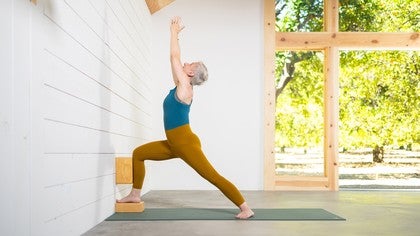
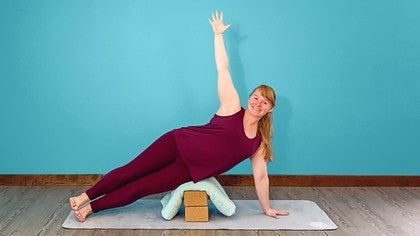
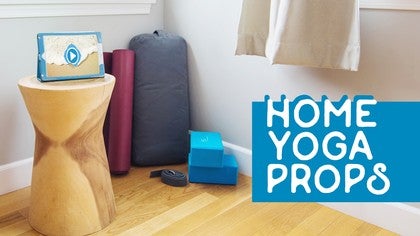
 Iyengar Yoga Props
Iyengar Yoga Props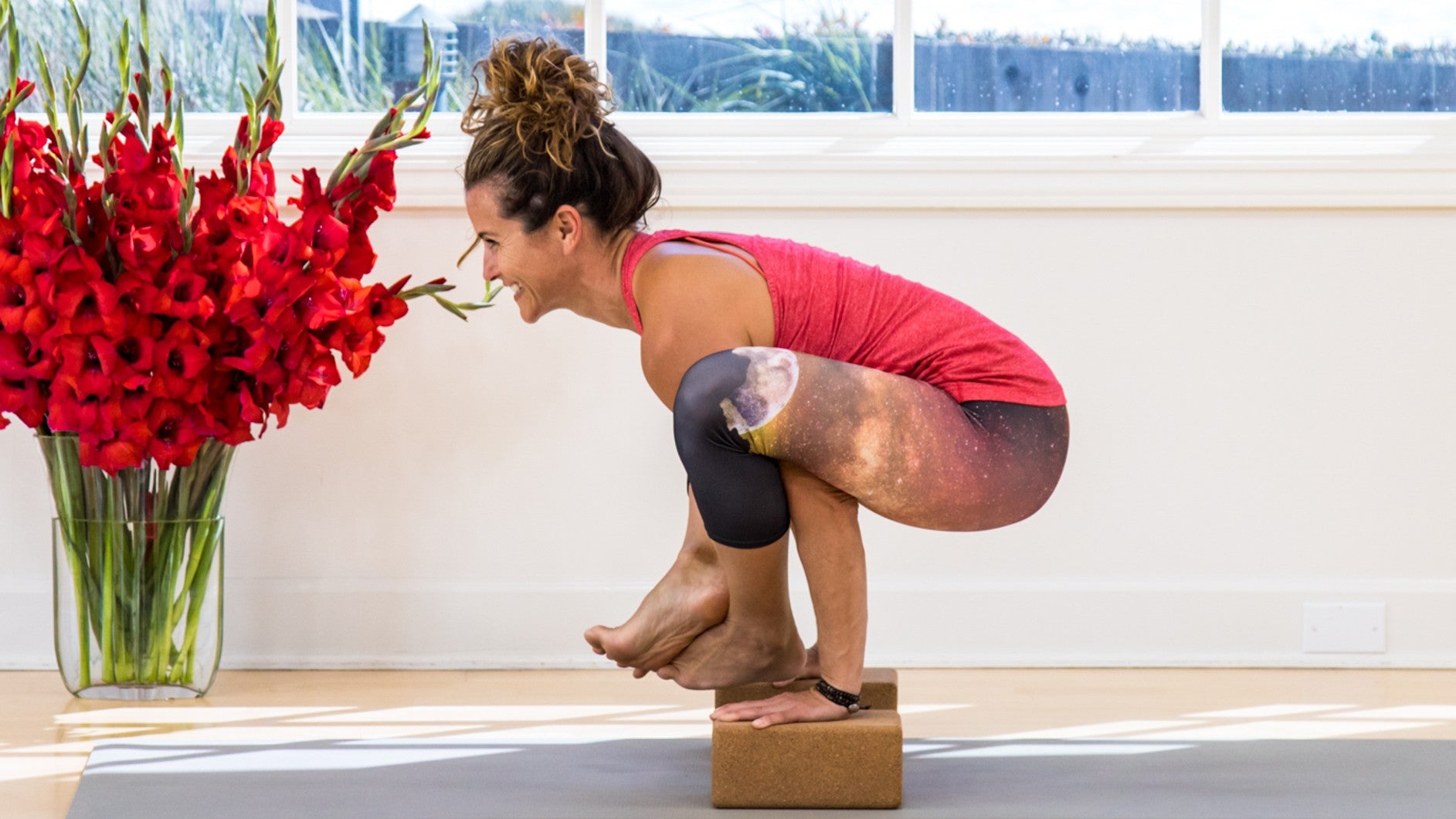
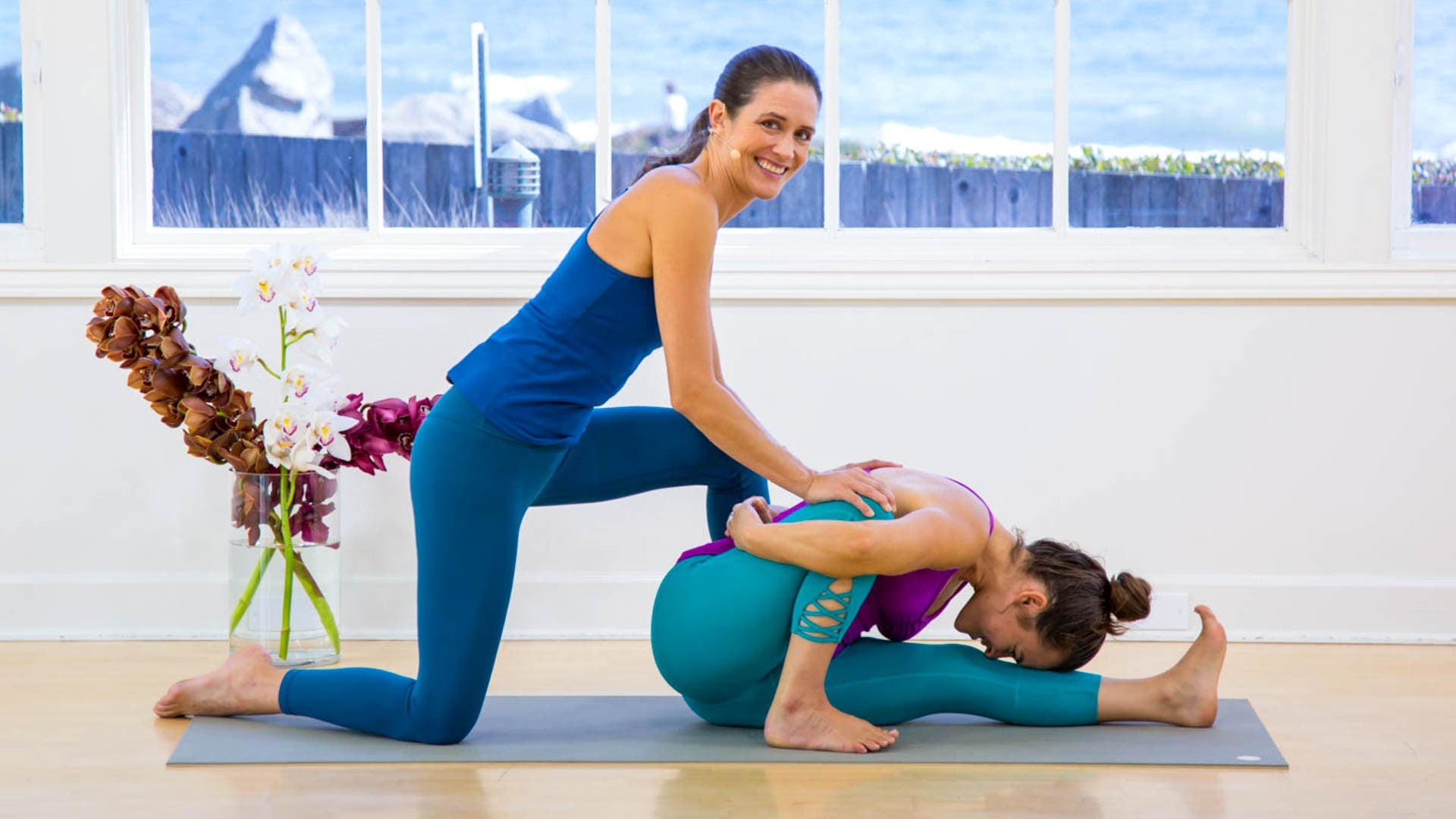
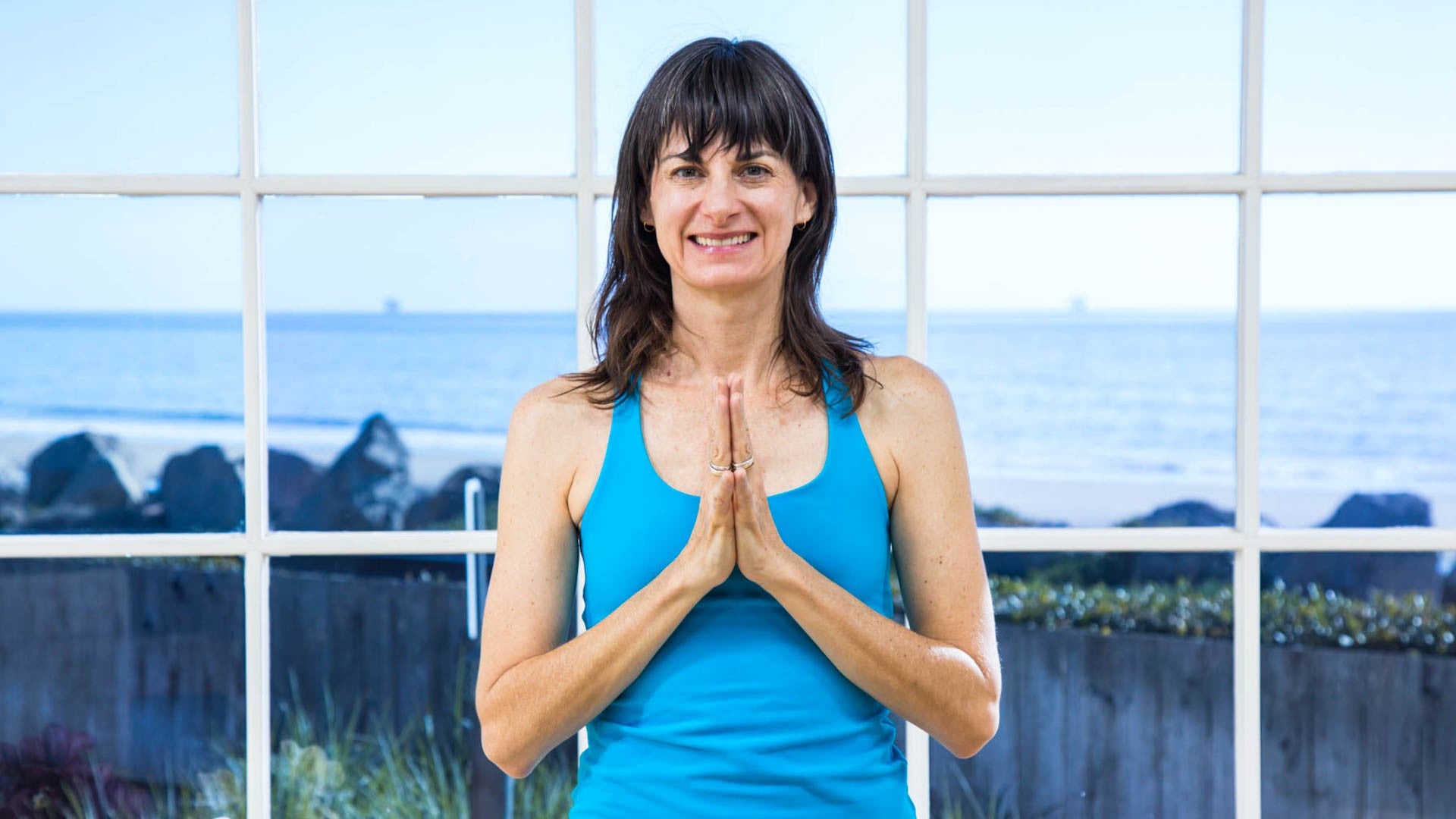












You need to be a subscriber to post a comment.
Please Log In or Create an Account to start your free trial.